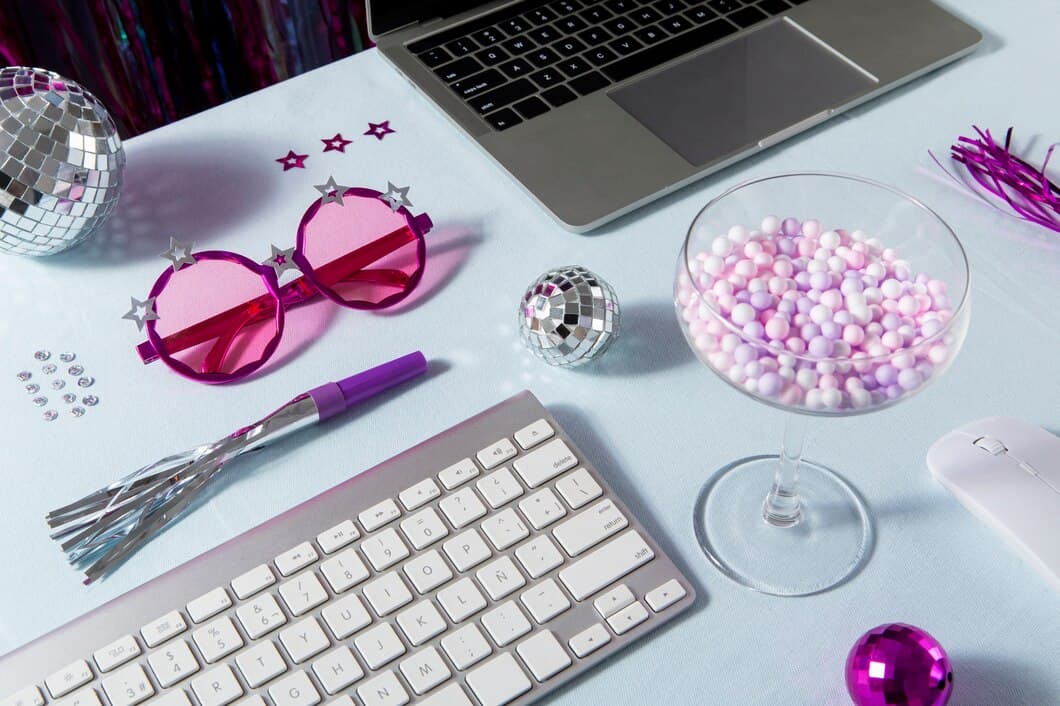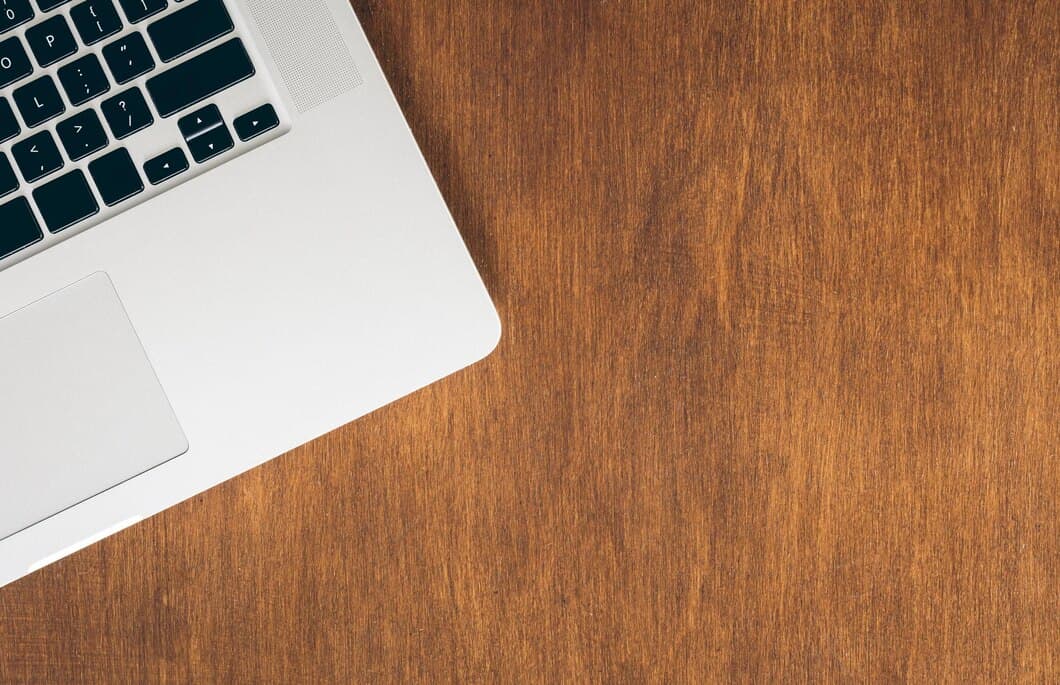How To Clean A Laptop Keyboard With Compressed Air And Nozzles?

A laptop keyboard is a delicate piece of equipment that can easily collect dust, crumbs, and other debris. If not cleaned regularly, this debris can build up and cause the keyboard to become less responsive or even stop working altogether. Compressed air is a quick and easy way to clean a laptop keyboard, and it is effective at removing both loose debris and stubborn dirt and grime.
To clean a laptop keyboard with compressed air, first turn off the computer and unplug it from the power outlet. Hold the can of compressed air upright and insert the nozzle into the space between the keys. Hold the nozzle about 2 inches away from the keyboard and spray the compressed air in short bursts. Be sure to spray all areas of the keyboard, including the space between the keys, the sides of the keys, and the underside of the keyboard. After spraying the entire keyboard with compressed air, use a soft cloth to wipe away any remaining debris.
Safety precautions
Before using compressed air to clean your laptop keyboard, it is important to take some simple safety precautions. First, always make sure that the laptop is turned off and unplugged from any power source. This will prevent any electrical shocks or damage to the laptop's internal components. Second, hold the laptop upside down to prevent any debris from falling into the keyboard. Finally, use the compressed air in short bursts to avoid damaging the keys or blowing away any important data. Please refer to your laptop's user manual for any specific cleaning instructions.
It is also important to note that compressed air can be harmful if inhaled. Therefore, it is important to use compressed air in a well-ventilated area and to avoid breathing in the fumes. If you have any respiratory conditions, it is best to avoid using compressed air altogether. In addition, compressed air can be flammable, so it is important to keep it away from any open flames or sparks.
Materials needed

Step-by-step instructions
First, unplug your laptop from its power source and turn it upside down. This will help dislodge any loose dirt or crumbs that may be trapped in the keyboard. Then, use the brush attachment of your vacuum cleaner to gently suck up any visible debris from the keys.
Next, use a can of compressed air to blow out any remaining dust or dirt from the keyboard. Be sure to hold the can upright and spray from a distance of 6-8 inches. Move the can slowly over the surface of the keyboard, paying special attention to the areas around the keys.
If your keyboard is particularly dirty, you may need to use a cotton swab dipped in isopropyl alcohol to clean the keys. Be sure to wring out the cotton swab thoroughly so that it is not dripping wet. Gently wipe the keys with the cotton swab, being careful not to press too hard.
Finally, allow your keyboard to dry completely before plugging it back into your laptop. You can speed up the drying process by using a hair dryer on a low setting.
Using a brush or vacuum cleaner

Using a brush or vacuum cleaner to remove loose debris is a simple and effective way to clean your laptop keyboard. A soft-bristled brush can be used to gently dislodge any crumbs or dust that may have accumulated between the keys, while a vacuum cleaner can be used to suck up any remaining particles. Be sure to use a low suction setting to avoid damaging the keys.
If you have stubborn dirt or grime on your keyboard, you may need to use a more aggressive cleaning method. In this case, you can try using a cotton swab dipped in isopropyl alcohol to gently scrub away the dirt. Be sure to avoid using too much alcohol, as this can damage the keys.
Dealing with stubborn debris
If the first pass through with the compressed air didn’t fully clean it, don’t worry, that is normal when dealing with stubborn debris. Repeat the previous steps with the cleaning nozzle again until all debris has been removed. You shouldn’t need to apply too much force as the compressed air will do most of the work. If some debris is still remaining you should try to manually remove it with a moist cotton swab or microfiber cloth.
If that still doesn’t work you may need to remove the keycaps of the keys that have debris stuck underneath them. If you have a mechanical keyboard, this should be a quick and easy process. For membrane keyboards, this will likely be much more difficult and will likely void your warranty, so be careful. Once the keycaps are removed simply use compressed air to remove all debris.
Disinfecting the keyboard
After releasing all the dust and debris using a nozzle, it’s time to disinfect the keyboard to kill any bacteria and germs that might be present. In case you do not have any disinfectant wipes then you can use a solution prepared from rubbing alcohol and distilled water. Just ensure that the solution is not too strong and it should be alcohol-based. Dip a cotton swab or a microfiber cloth in the solution and gently wipe it onto the keys and other surfaces of the keyboard. Avoid using any harsh chemicals or bleach as they can damage the plastic keys.
If you do not want to use any liquid solution then you can also use UV light to disinfect the keyboard. UV light is effective at destroying bacteria and germs. Just make sure you do not expose the keyboard to UV light for too long as it can also damage the plastic over time.
Drying the keyboard
Once you have blown away all the dust and debris, it is important to dry the keyboard thoroughly. You can do this by using a clean, dry cloth to wipe down the keys and the surrounding area. If you have a laptop, you can also use a can of compressed air to blow out any remaining dust or debris. Be sure to hold the can upright and spray in short bursts to avoid damaging the keyboard.
After you have dried the keyboard, it is important to let it air dry completely before using it again. This will help to prevent any moisture from damaging the keyboard.
Tips for ongoing maintenance
You need to choose a time every day or every week to perform maintenance on your laptop. This will help keep your laptop running smoothly and prevent any problems from developing. Some things you can do include cleaning the keyboard, checking for updates, and running a virus scan.
One of the most important things you can do is to keep your laptop clean. This means cleaning the keyboard, screen, and ports regularly. You should also avoid eating or drinking near your laptop, as this can lead to spills and damage.
You should also check for updates regularly. This includes updates to your operating system, drivers, and software. Updates can help improve the performance of your laptop and fix any security vulnerabilities.
Finally, you should run a virus scan regularly. This will help protect your laptop from viruses and malware. You can use a free virus scanner or a paid one. It is important to keep your virus scanner up to date so that it can detect the latest threats.
Frequently Asked Questions
What is the best way to clean a laptop keyboard with compressed air?
Hold the keyboard upside down and spray compressed air into every nook and cranny. Use the nozzle attachment to get into the tight spaces between the keys. If there is still debris, use a cotton swab dipped in isopropyl alcohol to gently wipe away any remaining particles.
Can I use a vacuum cleaner to clean my laptop keyboard?
No, you should not use a vacuum cleaner to clean your laptop keyboard. The suction from the vacuum cleaner can damage the delicate keys and circuitry.
How often should I clean my laptop keyboard?
You should clean your laptop keyboard regularly, especially if you eat or drink while using your laptop. A good rule of thumb is to clean your keyboard once a month, or more often if it gets dirty quickly.
Is it safe to use compressed air to clean my laptop keyboard?
Yes, it is safe to use compressed air to clean your laptop keyboard. However, be sure to hold the can upright and spray in short bursts. Do not spray directly into the keys, as this can damage them.
Conclusion
In conclusion, cleaning your laptop keyboard regularly is important to ensure its functionality and longevity. By using compressed air and nozzles, you can remove dust and debris that have accumulated over time. Follow the steps outlined in this article to effectively clean your keyboard without damaging it.
Compressed air can be dangerous if not used properly, so always read the instructions and safety warnings before using it. Hold the can upright and keep it at least six inches away from the keyboard. Blow air in short bursts to avoid damaging the keys.




